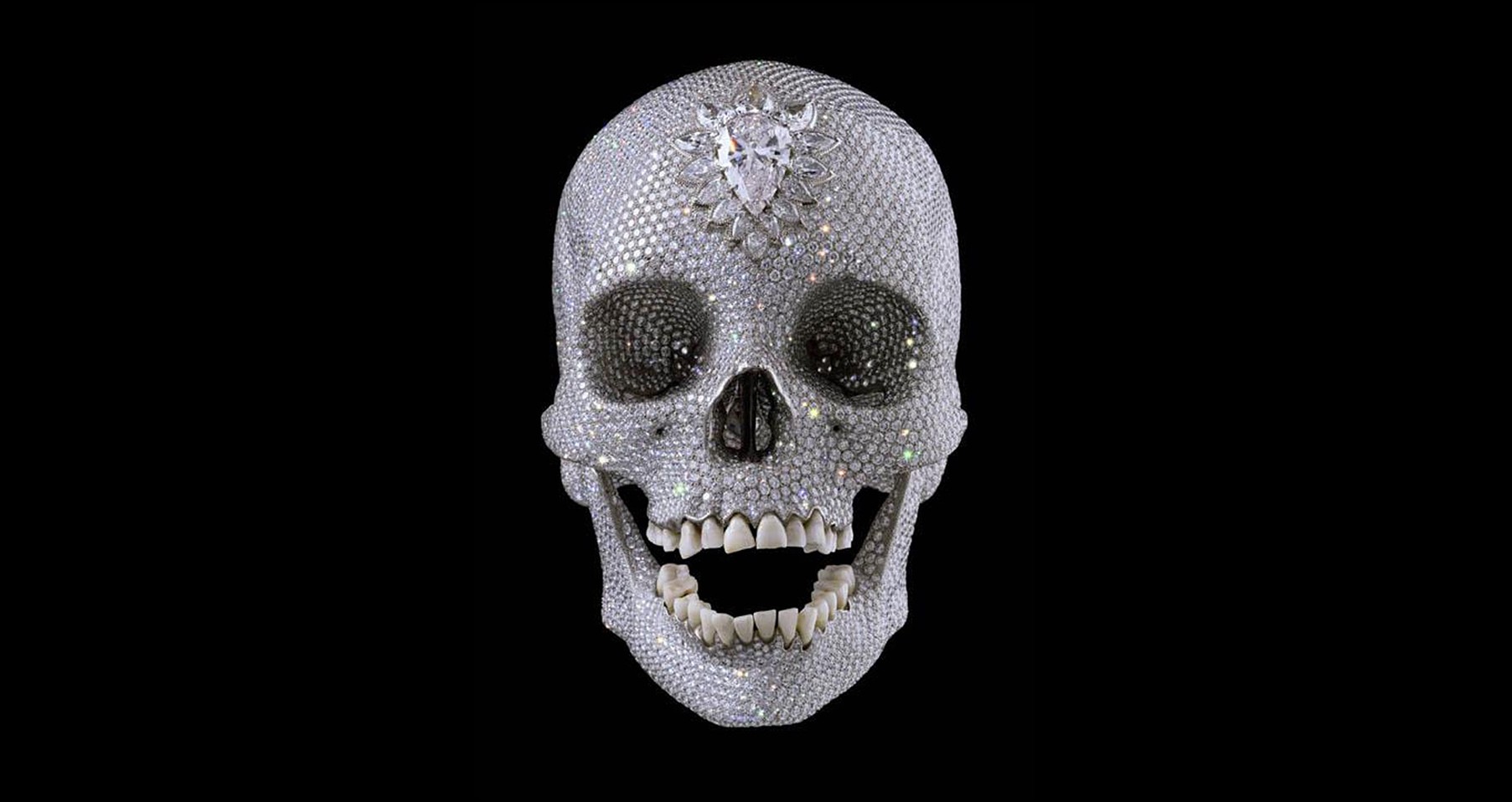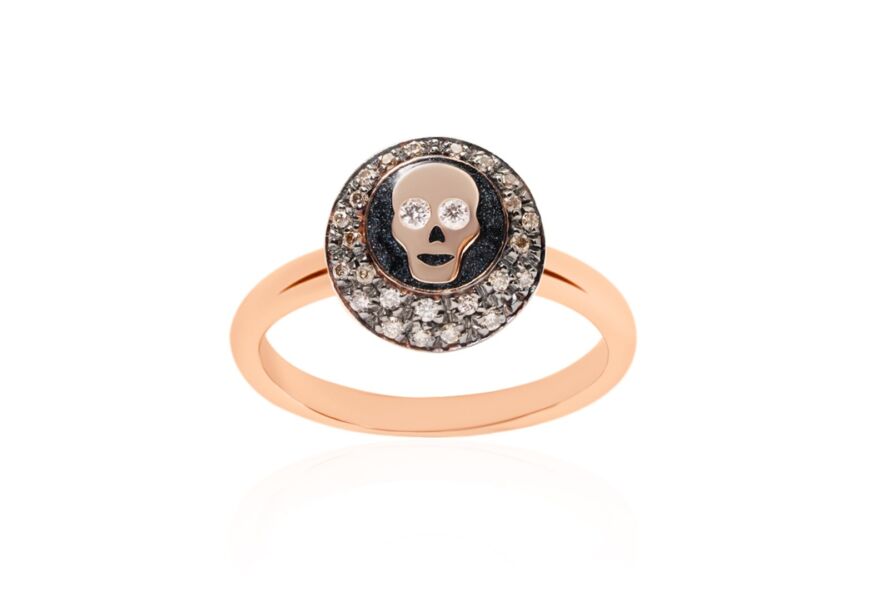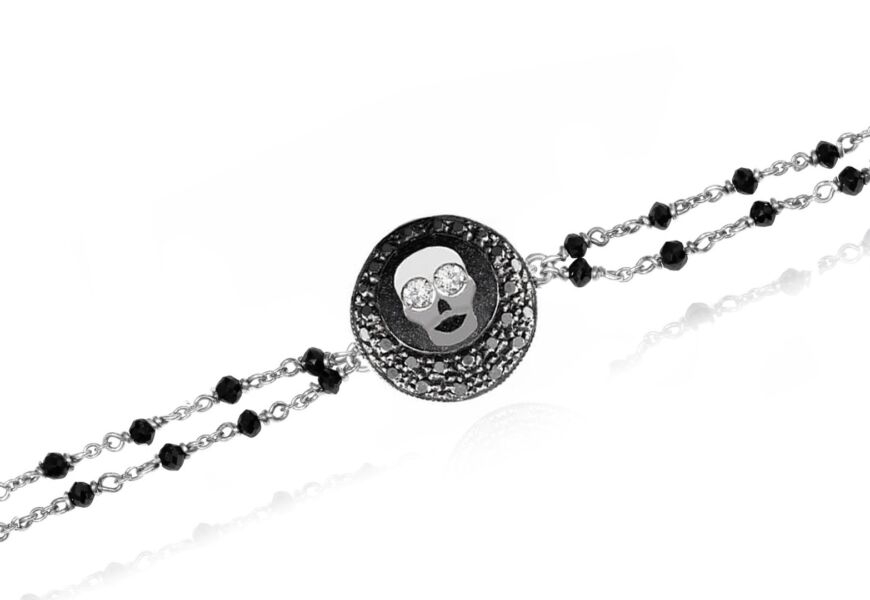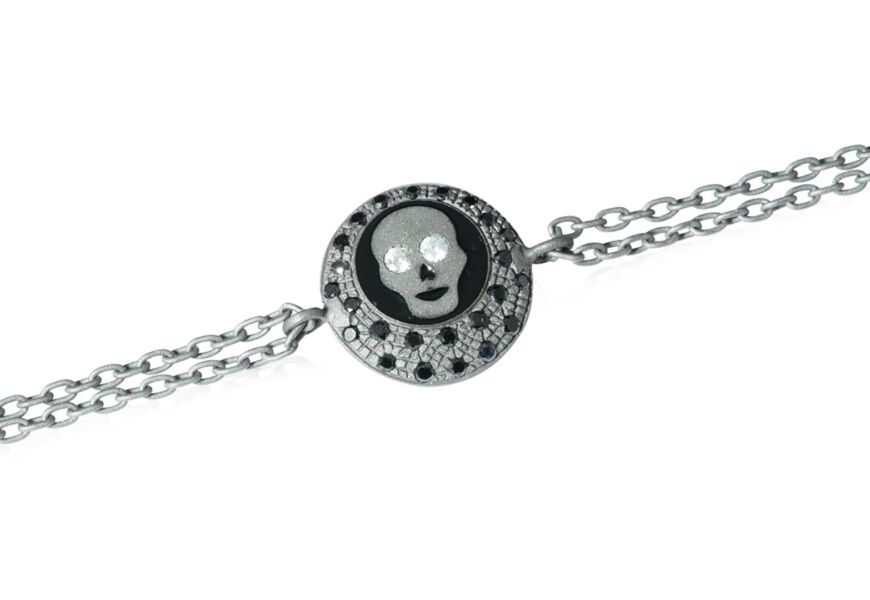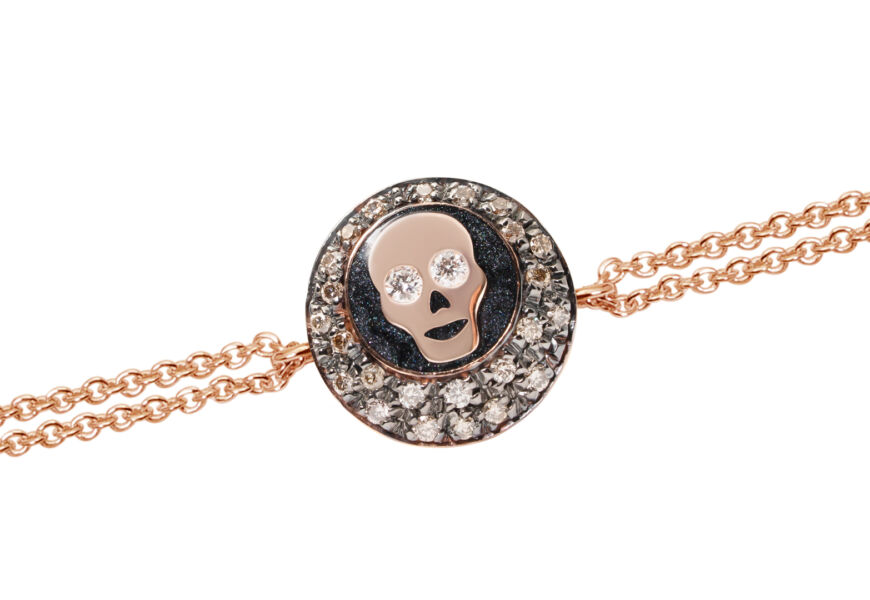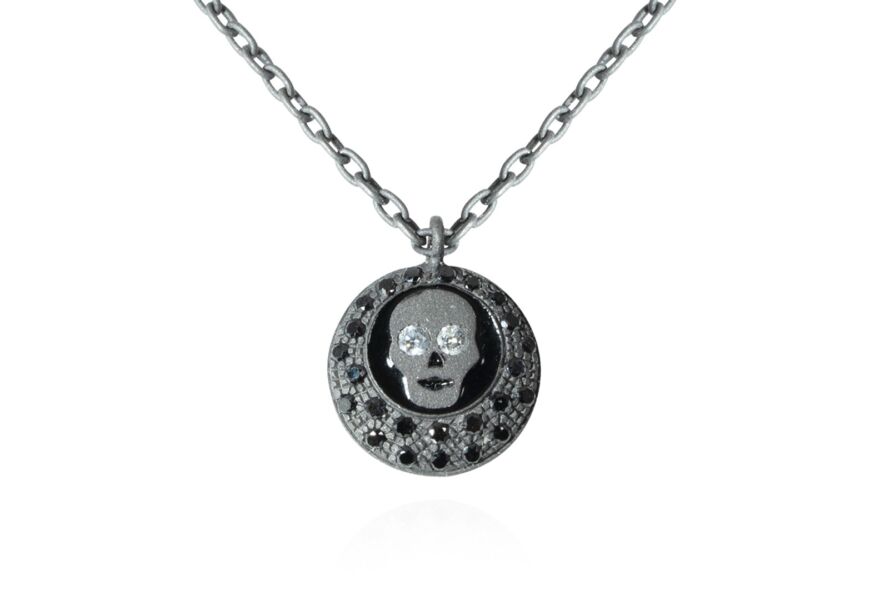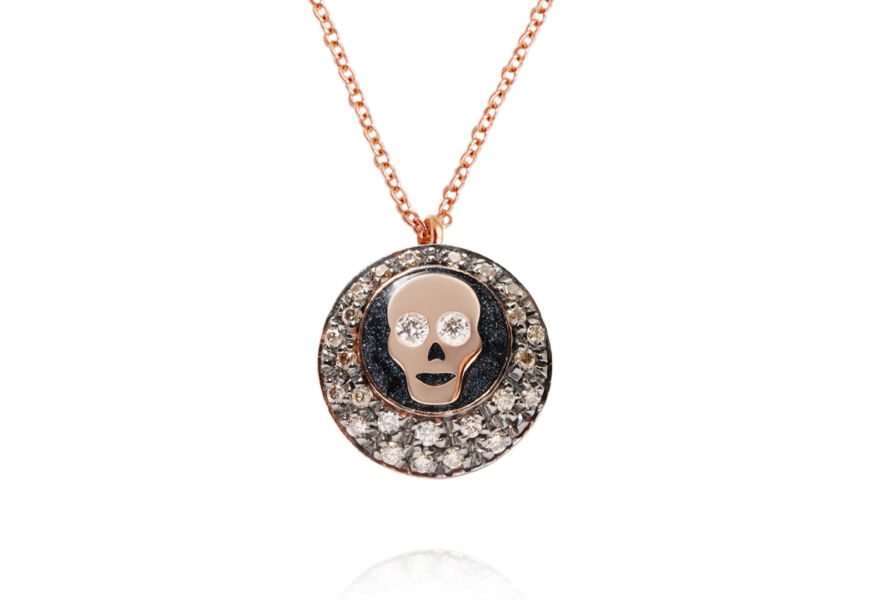Skull Jewelry, Nonconformist and Ironic

Once considered only masculine, skull jewelry is now also featured in women’s collections. In recent years, in fact, the skull has lost its gloomy connotation and has made its appearance in fashion and jewelry as a symbol of nonconformism.
The Skull Symbol in Culture, Art, and Fashion
Naturally, it has not always been this way: for centuries, in fact, the skull has represented man’s mortal condition, albeit with different interpretations.
Traditional Symbolism
In pre-Columbian cultures, such as that of the Maya, the human skull was a symbol of death, but also of connection with the world of the deceased. This vision has survived to the present day in Dia de los Muertos (the Day of the Dead), the celebration held in Mexico and throughout Latin America in early November, with colorful skulls and skeletons, music and food, in a celebration that is not sad, but joyful, which recalls the close connection between life and death.
In Christian culture, instead, the skull has always been a symbol of man’s mortality, contrasted with resurrection and eternal life. With this meaning it appears (sometimes also with other human bones) in paintings depicting saints, such as Caravaggio’s “Saint Jerome Writing,” and in sepulchral sculptures.
The skull and crossbones symbol became famous between 1600 and 1700, when it appeared on the traditional flag used by pirates on their ships to strike terror into the vessels they wanted to plunder. For a long time, the sight of this flag was enough to make other ships surrender without fighting. Even today, the skull and crossbones is used to identify dangerous and toxic substances, such as poisons, and therefore potentially deadly ones.
Innovation in Art and Fashion of the 2000s
It was Damien Hirst, the British artist famous for his provocative works, who revolutionized the meaning of the skull in art. In 2007 Hirst created the famous skull covered with over 8,600 diamonds, for a total of more than 1,100 carats: the work is titled “For the love of God” and is intended as a critique of luxury society.
Paradoxically, it was precisely from Hirst’s work that fashion’s passion for skulls was born: shortly after, English designer Alexander McQueen launched the first collection with this symbol, making it a fashion and trend element. Thus were born clothes, accessories and skull jewelry, no longer a symbol of death, but of a desacralizing vision of life.
Skull Jewelry: from the Victorian Era to Biker and Rocker Rings
A similar journey has taken place, in fact, also in the world of jewelry. In the second half of the nineteenth century, the skull often appeared on Victorian mourning jewelry, which was worn to remember the deceased.
In the 1960s and 1970s, in the midst of the cultural revolution, skulls made their appearance in biker culture, the motorcyclists celebrated by the 1969 film Easy Rider. Skulls in this case represented transgression, nonconformism, the courage of those who wanted to live their lives in the name of freedom.
The world of rock music (particularly heavy metal and punk) also contributed to the spread of skull jewelry: the most famous is Keith Richards’ ring, guitarist of the Rolling Stones. The ring was created almost by chance by the famous London goldsmiths David Courts and Bill Hackett, who in 1978 were creating a silver miniature of a human skeleton; using a real skull as a model, they had the inspiration to create a ring. When they were invited to Keith Richards’ birthday party in New York, the two goldsmiths brought him the ring as a gift, which thus became a style icon.
Nonconformism and Irony in New Skull Jewelry
As we have seen, in contemporary culture the skull no longer represents mourning, but the transgression of rules and a nonconformist attitude. The symbol that in Victorian jewelry inspired sadness and nostalgia has now become a brilliant, colorful and ironic ornament in current skull jewelry. Also for this reason, it is no longer reserved for men’s rings, bracelets or necklaces, but is also present in many women’s jewelry pieces.
An example is the The Dreambox collection, modern jewelry that uses symbols of contemporary youth culture: among these is precisely the skull, interpreted ironically with diamonds in place of the eyes. The more informal version is in white gold combined with blue enamel, available in the ring, bracelet and pendant. More elaborate is the proposal that sees the skull surrounded by a “collar” of diamonds that change according to the chosen metal: the rose gold bracelet with brown diamonds and brilliants is also available in white gold with black diamonds, as are the earrings; the skull pendant, in addition to white and rose gold, is also available in titanium and black diamonds.

